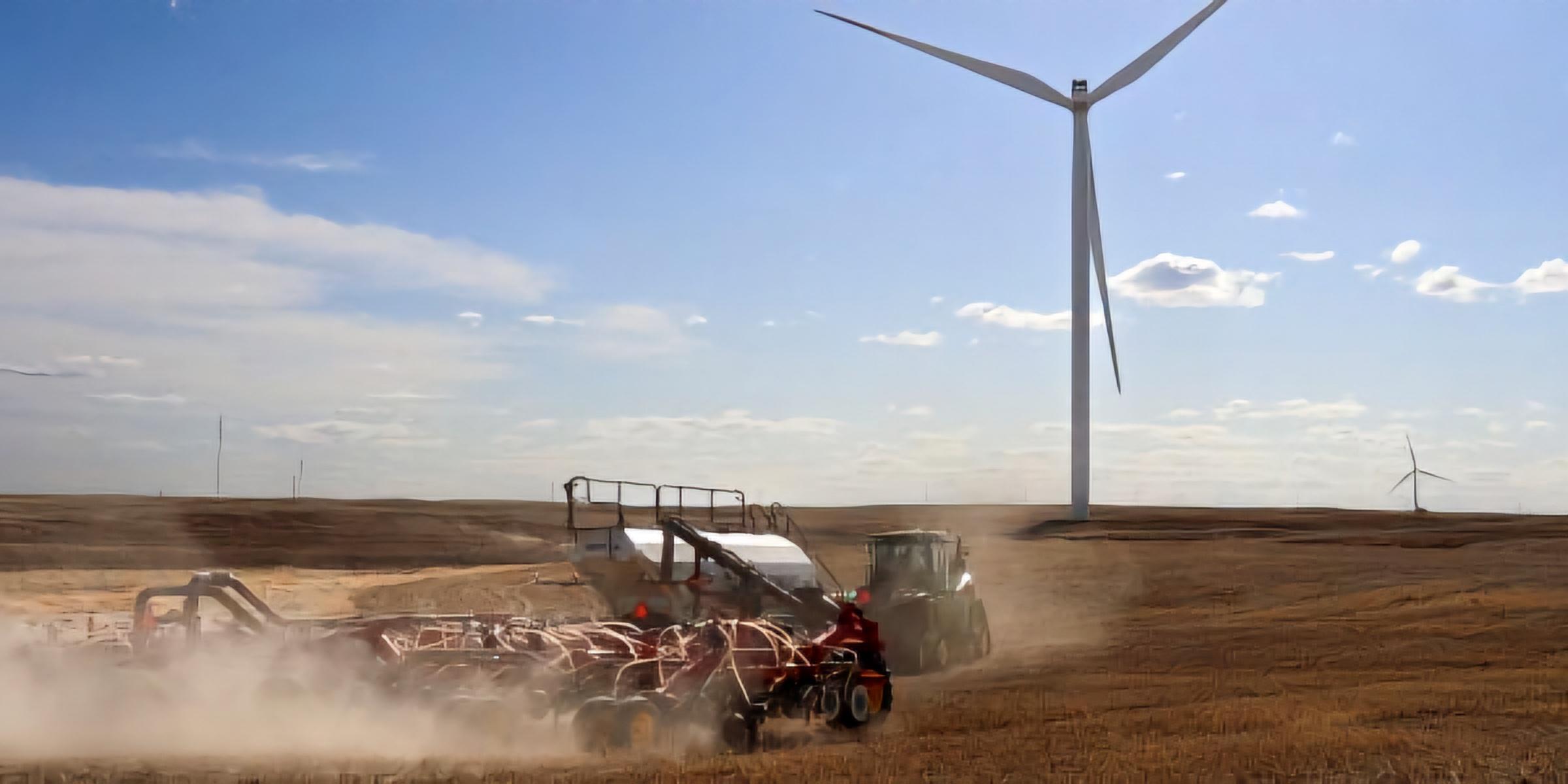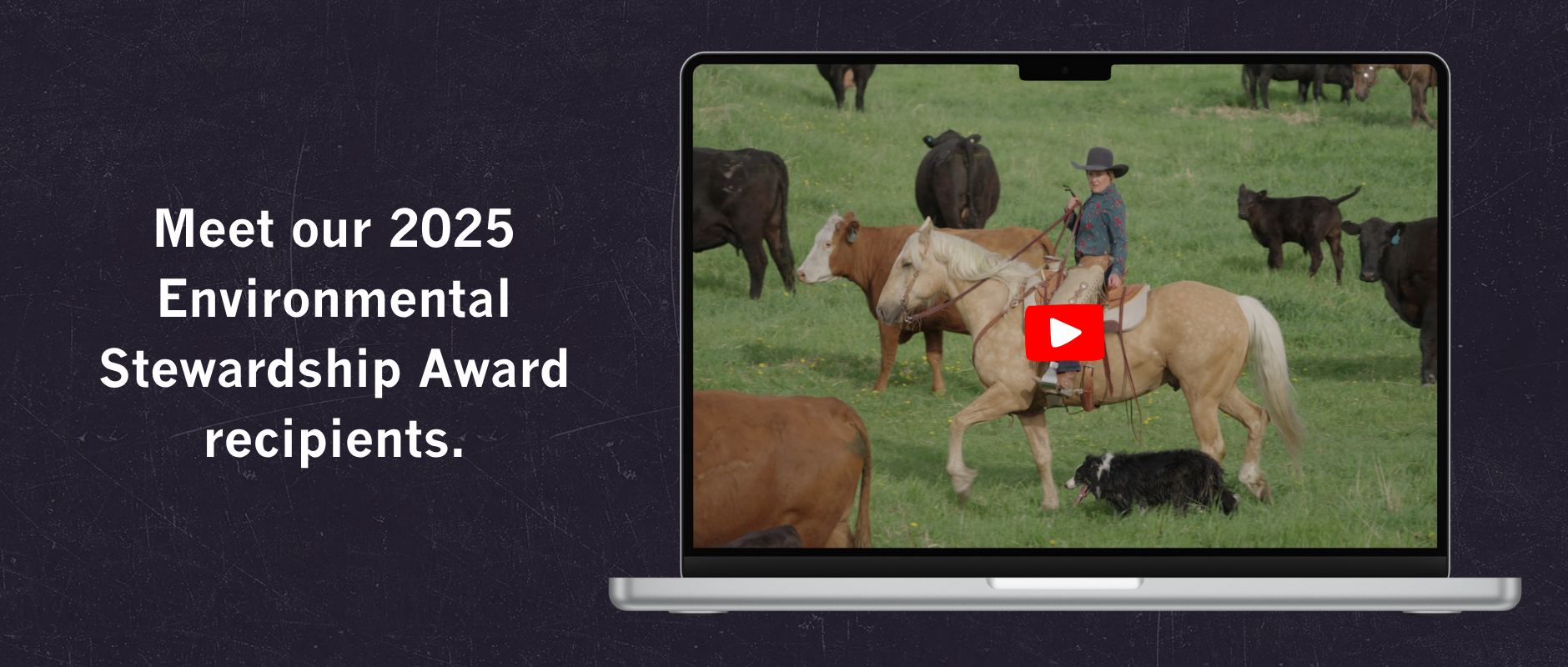AB Direct - Steers
Rail: ---
AB Direct - Heifers
Rail: ---
US Trade- Steers
Rail: ---
US Trade - Heifers
Rail: ---
Canadian Dollar
0.20

Urging a guidance-filled approach to wind energy land leases
Always access team support from an informed, knowledgeable lawyer and a trusted accountant when considering entering into a land lease with outside parties.
Like their solar energy counterparts, wind energy companies are also dangling figurative carrots in front of Alberta’s landowners hoping to secure leases for wind infrastructure projects.
And like solar leases, arrangements with wind companies are wide ranging and negotiated on an individual basis with owners again free to bargain their own terms.
There are some considerations factoring into decision making, including:
- Length – Wind energy contracts normally range between 20 to 30 years
- Transfer – No legislative oversight exists to meet certain financial criteria in transfer situations
- Payment provisions – Compensation options should include specific payment dates along with default procedures and termination notice conditions
- Indemnification, mediation, and arbitration – Terms must assign appropriate liability to the company should injuries or property damage occur
Typical private agreements between landowners and wind energy developers must be negotiated with two key items in mind above and beyond financial commitments says Evan Wilson, VP of Western Policy at the Canadian Renewable Energy Association (CREA).
“First, the option to build a wind farm on privately owned property should include clauses defining how developments and operations will proceed,” Wilson says. “Secondly, information on requirements to complete reclamation and decommissioning at end of life.”
He adds it’s critical to understand government backing is minimal as the Surface Rights Act doesn’t apply to renewable energy, but an owner’s power lies in the fact that without their sign-off, these projects won’t be able to locate on their land.
“If issues arise in private treaties between two parties such as these, opportunities for courts to adjudicate disagreements will occur,” he warns. “Owners should always retain their own lawyers in these conversations and ensure they’re getting compensated by the developers as part of the negotiation and reviewing process.”
Differences and Potential
Mark Lyseng, Government Relations and Policy Lead for Alberta Beef Producers says leases with solar and wind energy companies carry slight differences.
“With wind energy installations the environmental footprint is less,” he explains. “As companies aren’t taking entire pieces of land and pouring large bases of concrete, reclamation procedures likely won’t be as extensive. But we are currently seeing some of the early 1990 builds coming out of commission with initial signs pointing to substantial disassembly costs.”
Lyseng also emphasizes landowners should consult a knowledgeable lawyer since these agreements are governed by contract law with the potential for each arrangement to be slightly different.
“I often hear producers speculating that entry into these types of deals will be like an oil and gas lease,” he says. “This concerns me as it’s not factually correct.”
Wilson and the CREA point out economic benefits do exist, and while viewed differently by various organizations, the fact remains that landowners have the power to refuse these projects, and this power typically commands generous compensation.
“It’s often said a wind turbine is a drought less crop,” he states. “When growing seasons are tough, a consistent return from a renewable resource keeps coming.”
Wilson is optimistic about the future of renewable energy in Alberta and believes many prior challenges arose mainly due to resources running low.
“The wind doesn’t go away, and the sun doesn’t stop shining,” he says. “These facilities continue to generate electricity, and often the end of infrastructure life doesn’t mean the end of life for a project.”
During this governmental pause in approvals for new renewable electricity generation projects, landowners are encouraged to consult the Farmers Advocates Office, the Environmental Law Centre, along with the CREA for information and guidance.
“Our main emphasis is we want to see regulatory changes so this can work for our beef producers without overwhelming their risk levels,” Lyseng says. “The potential is there, but a healthy dose of caution is advised for now.”
Alberta Beef Producers recommends producers seek the guidance of a trusted team for all legal interactions including land leases with renewable energy companies.


